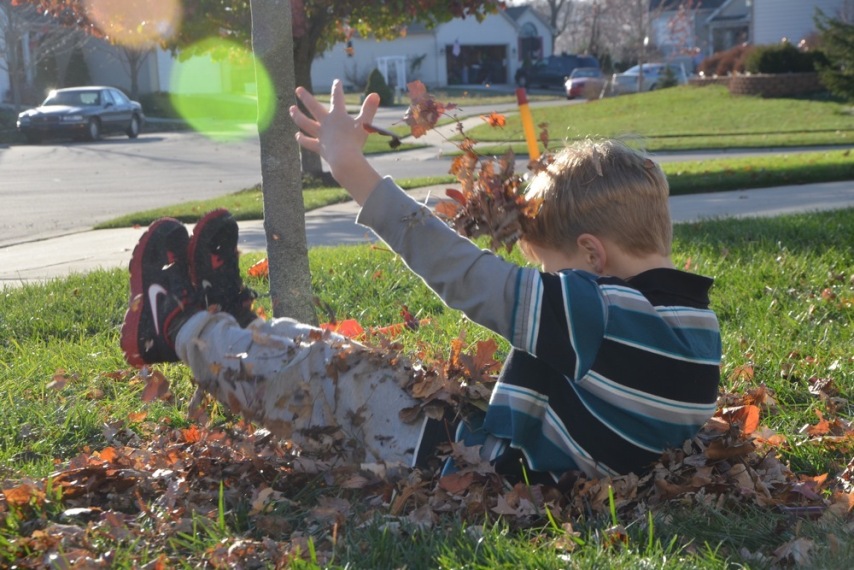Day 274 in 2019, and tips for hiking with your dog or puppy
I think I've mentioned this before, but Gimli is a very energetic dog. He's also a very smart dog, and if you fail to exercise a smart dog, both physically and mentally, you're in for it. Really in for it. Like damaged furniture and ransacked cupboards in for it. We make sure Gimli gets three outings a day. That includes at least one walk in the neighborhood, but the same walk in the same place every day, while definitely still physical exercise, it's kind of like getting your exercise around a track every day—same scenery, same terrain, same smells (if you smell your track, that is, which Gimli does). Much more stimulating is getting out and about, so I try to take Gimli to different places at least once almost every day. Sometime we go downtown, sometimes to a different downtown, sometimes to another neighborhood, or along a walking path in a park, but my favorite outting with Gimli is a hiking adventure.
Gimli and I try to go hiking at least twice a week. We have a few favorite parks nearby, a couple a little farther away, and we are still finding new wild places to explore on occasion, too. But hiking with your dog is very different from just walking your dog for many reasons, so here are a few tips, or things I've learned, to make it a safe, rewarding experience.
1. Choose your location first and make sure your dog is welcome there. While it seems like dogs and nature should go together, dogs are domesticated animals, and therefore as intrusive a species as we are ourselves. It stands to reason, then, that some parks, especially preserves, either restrict the spaces your dog can visit, the length of the leash they can be on, or ban them outright. This is for the safety of the plants and animals the park is trying to preserve, and sometimes for the safety of your dog, so be sure to check ahead and honor the park rules.
2. Pick a good harness. While a collar is a great tool for walking a leash-trained dog, even well-mannered dogs may become overexcited about a smell or an animal in the woods and pull or lunge. A harness protects a dog's neck and trachea in the event of pulling or leash snapping. Additionally, if your dog needs help getting over, under, or across something big, wet, or sticky, the handle on the back of a good hiking harness can help you give that aid. Try Ruffwear or Embark for good quality harnesses.
3. Consider a long lead. Of course first check the leash rules for the park you are visiting—many will require dogs be kept on six foot leads only, but where no length restrictions exist, a long lead can give your dog more freedom to sniff and explore, and provides great opportunities to practice recall while in different places. We use this thirty-foot lead. (Never use a long lead with a collar, though—a dog can get up good speed on a long lead and the sharp tug at the end could seriously injure their trachea).
4. Consider a basket muzzle. I know most people think "mad dog!" when they see a muzzle, or at the very least they'll give that beast a wide berth, but basket muzzles are actually a really great training tool for dogs—especially if they like to eat everything they find! Unlike restrictive, form-fitting nylon muzzles, basket muzzles allow a dog to fully open their mouth so they can breathe and pant normally, drink water from a deep enough dish, and receive treats for training, but what they won't let a dog do is eat those possibly poisonous mushrooms you pass on your hike, or the chipmunk that stupidly ran right out onto the trail. Baskerville muzzles are highly regarded in the traning world.
5. Pack wisely, both basics and extras besides. Poop bags (sure it's the woods, but don't forget both you and your dog are invasive here, and so is your waste), treats, and water are obvious basics, but also consider bringing a brush or curry brush to remove burs and a towel in case of water or mud. A few pet first-aid items might come in handy, too. While most things can probably be taken care of when you get home, tweezers for thorns caught in paw pads and hydrogen peroxide to induce vomiting in case of ingestion of something questionable (if not using that basket muzzle, that is) can be useful more immediately.
6. Lastly, don't forget protection. Before hiking anywhere be sure your dog is up-to-date on all their vaccines, their heartworm and internal parasite preventative, and their flea and tick preventative. Since there are lots of different kinds of preventatives to choose from, and lots of different parasites in different areas, be sure to let your vet know you are hiking with your dog and ask what preventative they recommend for your situation.
 365_2019,
365_2019,  Gimli,
Gimli,  dog training,
dog training,  hiking,
hiking,  pets
pets 


Reader Comments